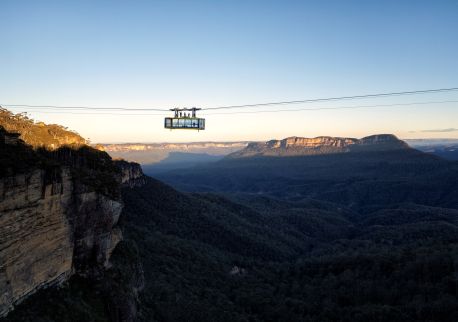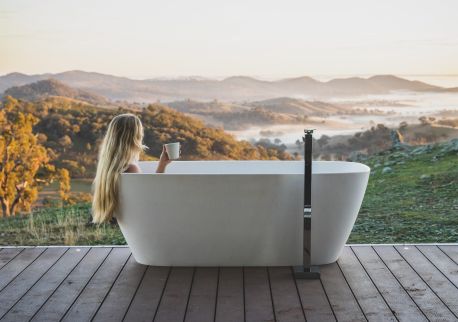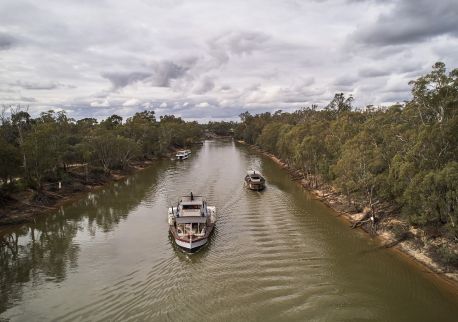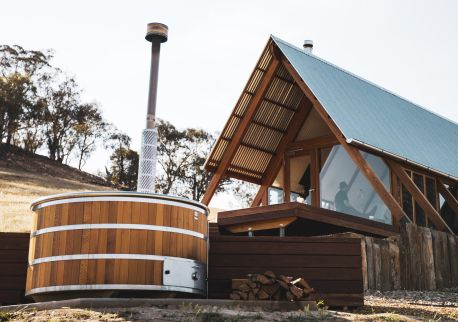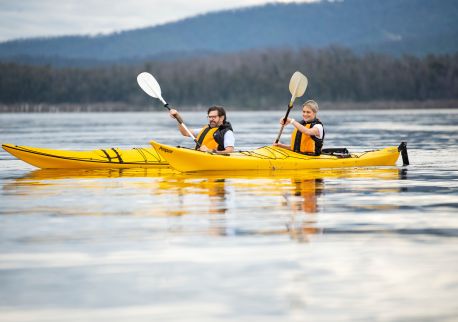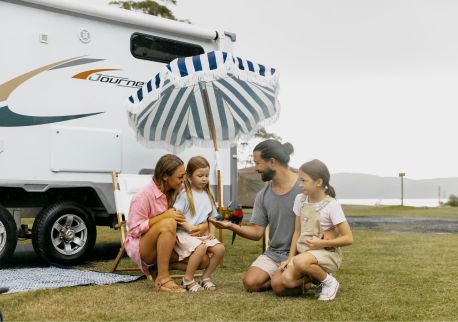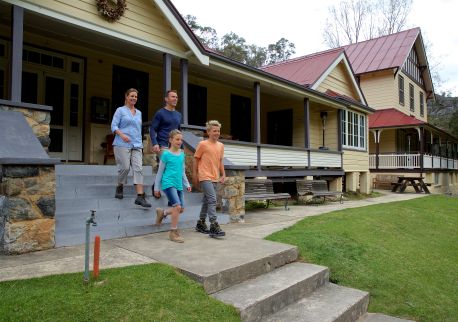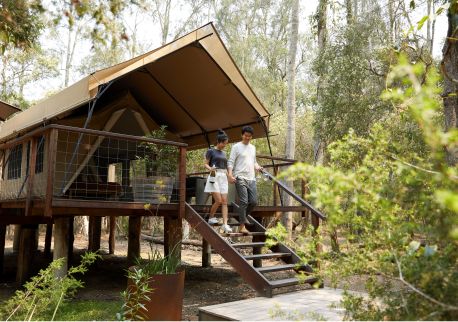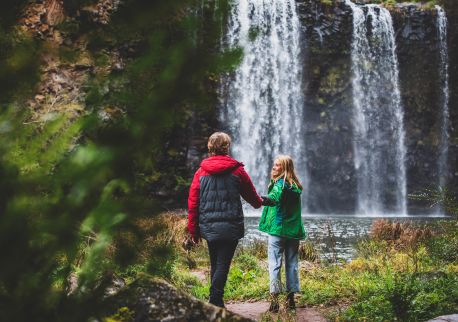Tuileries Restaurant at De Bortoli Rutherglen Estate
Highlights
Overview
Tuileries is a name long synonymous with the Rutherglen Wine Region. The original restaurant was established over 30 years ago moving into the historic Jolimont Cellars in 1988.
The restaurant forms an integral part of the De Bortoli Rutherglen Estate. It offers guests the opportunity to enjoy a delicious meal featuring local produce and locally made wines. With seating available both inside and out on the deck your visit will be memorable.
The restaurant has a country lux feel and is relaxed, yet offers high service standards. During the warmer months and at lunchtime guests have the option to sit outdoors in the courtyard. The restaurant is family-friendly and dog friendly (when sitting outdoors).
The restaurant is open for lunch Tuesday and Wednesday, Friday and Saturday, and for dinner Tuesday through to Saturday. A limited selection of menu items are served in their Wine Bar on Sunday and Monday nights.
There is also an additional dining space known as the Fountain Room which can be used for private dining and events which opens out into the courtyard and overlooks the fountain.
The restaurant may also be used exclusively for private functions such as weddings and conferences (hire fees may apply).

